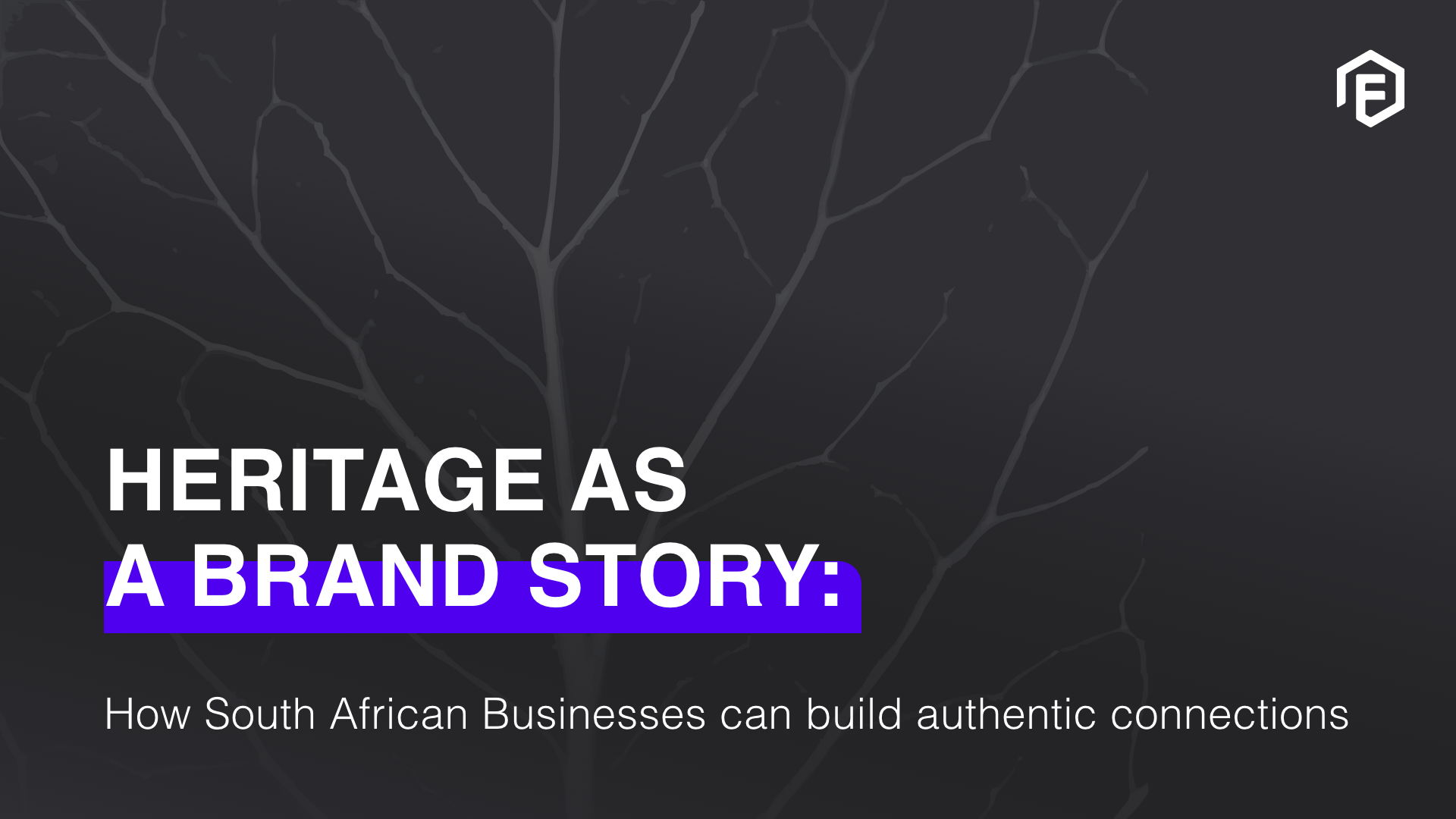Picture this: The Sales department is often viewed as a charming group of extroverts, armed with impeccable pitch decks and a borderline magical ability to remember names. While we do enjoy the occasional applause for sealing a deal, the truth is that our success lies in collaboration. Teams working together (and not just Sales on their own) is what creates a winning formula.
Behind the scenes, the Sales team is anything but a one-person show. Flume’s mission to deliver great digital marketing services to you involves coordinated efforts with marketing, whether it be Paid Media, Creative Production, or PR, amongst others. Think of us as the conductors of a well-orchestrated digital symphony, where it’s the Sales team’s job to find an audience.
How Does the New Business Team Work with Other Departments?
At Flume, our Sales team or New Business team (known internally as Julia, Bianca and Janique – they do have names, you know) doesn’t operate in a vacuum. They’re supported by a diverse cast of specialists, each bringing their own expertise to the table. Let’s break down how this dynamic plays out with each department.
-
Client Service (aka Account Management)
If the New Business team brings clients in, the Client Service team ensures they stay. These Account Managers are the conductors of the marketing orchestra, liaising with clients to keep campaigns on track, on budget, and, most importantly, on brand. Collaboration with New Business here is critical: they hand over a new client with enough detail to avoid the dreaded “So… what are we doing again?” meeting. A smooth transition sets the tone for long-term relationships, ensuring potential customers become satisfied clients.
-
Paid Media
Paid Media is where the magic of targeted advertising happens. Whether it’s a social media campaign or Google Ads, this team makes sure your message reaches the right people. For New Business, it’s like handing over a blueprint to a team of engineers – only, the blueprint is a marketing brief, and the engineers are armed with algorithms. Together, they craft campaigns that don’t just generate clicks but deliver results.
-
SEO and Data Analytics
Ah, the data whisperers. SEO and Data Analytics bring logic and numbers to a world often ruled by creativity and hoodlum. New Business leans on this team to provide insights that inform client pitches. Need to know why a website isn’t converting? Or where untapped market potential lies? These are the guys with the answers, and their work ensures New Business’ proposals are grounded in reality rather than wishful thinking.
-
Strategy
The Strategy department is where big ideas take shape. This team works with New Business to create tailored, high-level approaches for client campaigns. They map out the “why” behind every proposal, ensuring pitches are backed by solid logic and a clear roadmap. They’re the ones asking, “What’s the endgame here?” because running a campaign without Strategy is like going on a road trip without GPS. You’ll get somewhere, but probably not where you intended.
-
Creative Department
Copywriting, graphic design, and animation – this team turns ideas into visual and verbal masterpieces. New Business brings the brief, and the Creative team brings it to life. They’re the people who take the phrase “Think outside the box” and respond with, “What box?”. Whether it’s crafting attention-grabbing ads or designing sleek, user-friendly websites (with a little help from the UX/UI team), their work ensures clients see tangible results that align with their vision.
-
Public Relations (PR)
In a world where reputation is everything, PR ensures clients stay in the good books of their audience. When New Business secures a client with PR needs, this team steps in to handle everything from press releases to crisis communications. It’s all about managing perceptions and telling stories that resonate. And while New Business opens the door, PR keeps the spotlight shining in the right direction.
-
Web Development
Web Development builds the digital foundations for client campaigns and websites. Whether it’s creating sites or apps, or optimising user experiences, this team ensures every technical aspect is seamless. For New Business, they’re the ones who make promises about “state-of-the-art functionality” and “intuitive design” a reality. They’re the behind-the-scenes heroes, ensuring the client’s digital presence isn’t just functional but exceptional.
How Do We Collaborate with Our New Business Team?
The New Business team doesn’t simply sell products or services; they build the foundation for the relationships we maintain with our clients. Once a deal is signed, they pass the baton to the relevant teams, ensuring that no part of the project is left to chance. It’s this collaboration between departments that ensures client campaigns are executed efficiently and effectively.
When New Business secures a client, they communicate the client’s goals, expectations, and vision to the relevant teams. From there, each department gets to work, using their specialised knowledge to bring those goals to life. Without this level of cooperation, campaigns could easily devolve into chaos – and not the good kind.
It’s also crucial that New Business stays in the loop throughout the execution phase, liaising with Account Managers and Project Leads to ensure campaigns stay aligned with the client’s vision. In other words, New Business may make the sale, but the whole collaborative effort is what ensures the client is happy with the end result.
How Does Teamwork Improve Customer Service?
In marketing, it’s easy to get caught up in the flashy campaigns and big ideas. But at the heart of everything we do lies the customer experience. Effective teamwork ensures that our campaigns serve not only the client but their customers as well. When New Business communicates clearly with the Client Service, Creative, and Strategy teams, it means the campaigns we deliver are on target.
The beauty of our collaborative efforts is that they maximise customer retention. By involving every department in the process, we ensure that customer interactions are smooth, consistent, and positive. If one department drops the ball, it could damage the client’s relationship with their customers. That’s why cross-functional collaboration is so crucial; it ensures that no stone is left unturned and no client feels forgotten.
Moreover, this teamwork makes room for cross-selling opportunities. When teams share insights, they uncover areas where clients could benefit from additional services or new strategies. It’s a win-win for everyone. Clients see better results, and we strengthen our long-term relationships with them.
How Does Collaboration Between Teams Help in Achieving Long-Term Success?
Every successful campaign is the result of countless hours of hard work, expertise, and (dare we say it) collaboration. But it’s not just about delivering results for one project. Collaboration ensures that we’re building a long-term relationship with clients, allowing us to consistently meet their evolving needs.
By aligning strategies across departments and sharing insights, we ensure that clients’ needs are not only met but exceeded. Whether we’re delivering SEO-driven content, creating captivating designs, or optimising a client’s website, every department works toward a common goal: long-term success.
With regular communication between the Sales team, Account Managers, and Specialists in each department, we’re able to manage expectations, track progress, and continuously refine our approach. This collaborative mindset is the backbone of everything we do at Flume, and it’s why we’re able to help our clients build lasting, successful digital presences.
Conclusion
In conclusion, the New Business team may be the starting point for our client relationships, but it’s the cooperation between our various departments that truly drives results. When teams work together seamlessly, we create campaigns that resonate with target audiences and deliver lasting value. And isn’t that the end goal for everyone involved?
Flume is an independent, full-service digital marketing agency providing services that include SEO, web design and development, public relations, media buying, client service, UX/UI, and creative production. For more information visit www.flume.co.za or email us to say, well, “hello”.
-
Frequently Asked Questions
-
1. Why does the New Business (Sales) Team collaborate with so many other departments at Flume?
Our New Business Team works closely with multiple departments—Client Service, Paid Media, SEO, Strategy, Creative, PR, and Web Development—because success in digital marketing depends on combined expertise. By sharing client goals and insights across departments, we ensure every campaign element aligns and delivers maximum impact.
-
2. How does this cross-department collaboration benefit new clients?
When clients first sign on, the New Business Team provides detailed information about their vision, goals, and challenges to each relevant department. This handover means there’s a seamless transition from “pitch” to “execution,” reducing misunderstandings and ensuring campaigns stay on track from day one.
-
3. What role does each department play once a client is onboarded?
- Client Service: Oversees account management, keeping everything on budget and on brand.
- Paid Media & SEO/Data Analytics: Drive traffic and optimise campaigns through targeted ads and data insights.
- Strategy & Creative: Build the “big idea” and bring it to life visually and verbally.
- PR & Web Development: Manage public perception and create top-notch digital experiences.
-
4. How does teamwork enhance customer service and retention?
Collaboration ensures each stage of a campaign is handled by the right specialists, which leads to consistent, high-quality client experiences. Smooth handoffs and open communication prevent service gaps. This positive experience strengthens trust, increasing the likelihood of long-term client relationships and referrals.
-
5. What does cross-department coordination look like after a campaign launches?
Even after launch, the New Business Team stays in the loop, working with Account Managers and team leads to monitor progress and measure results. Regular check-ins mean the strategy can be adjusted swiftly if needed, and clients remain confident their goals are being met every step of the way.



